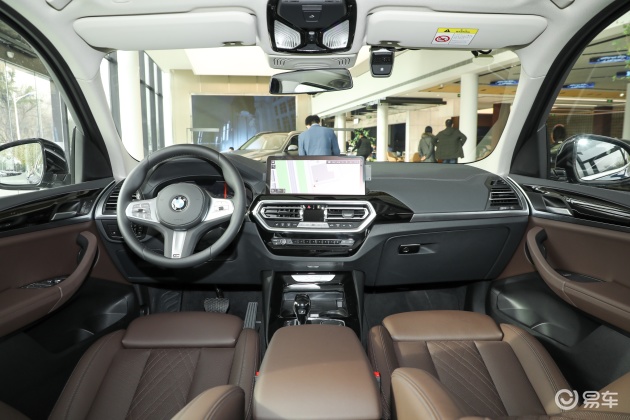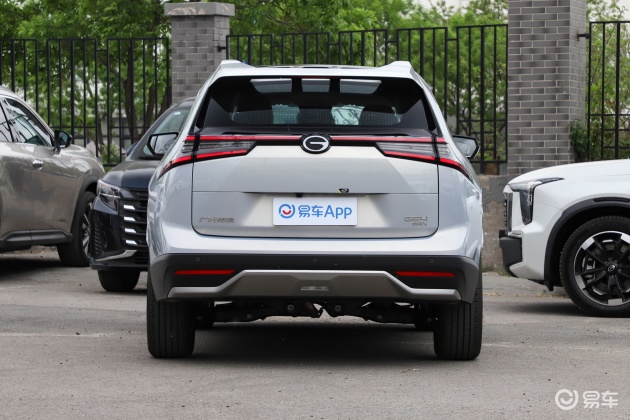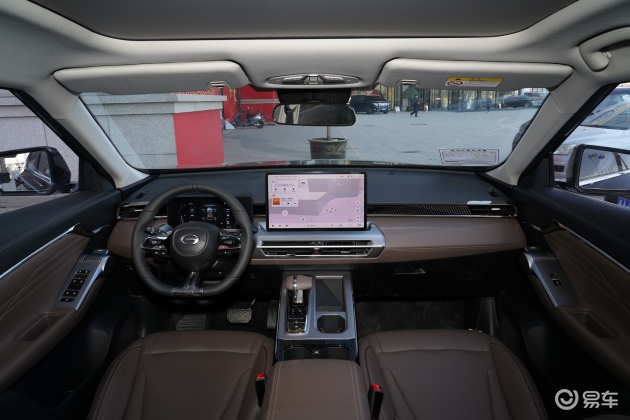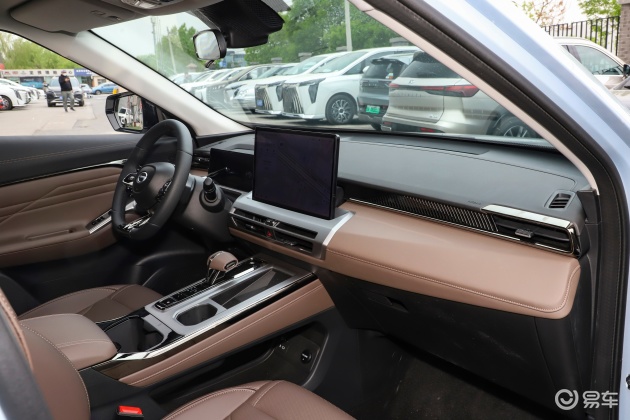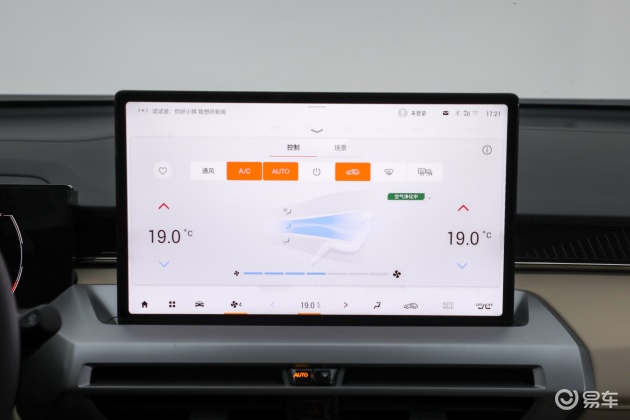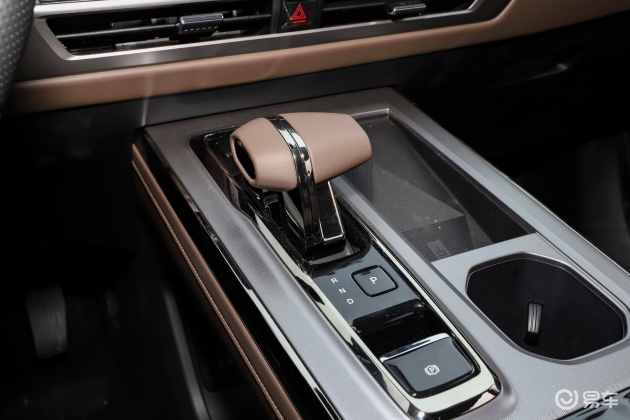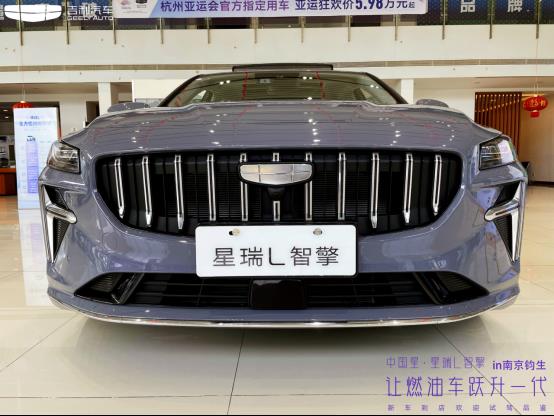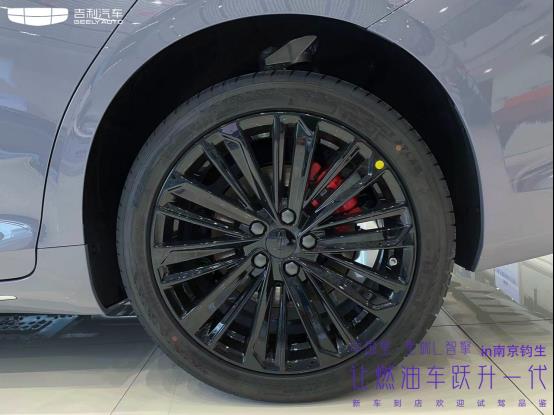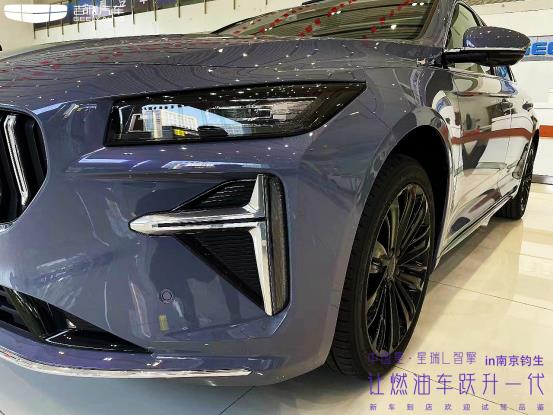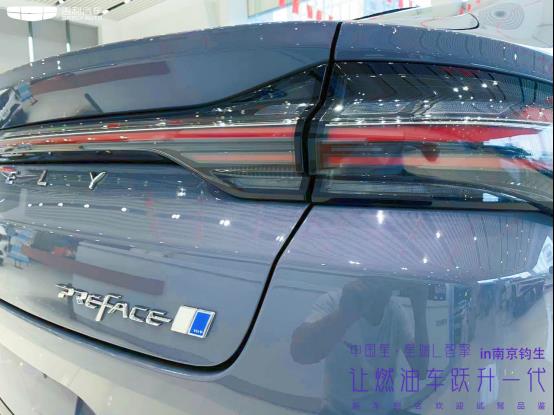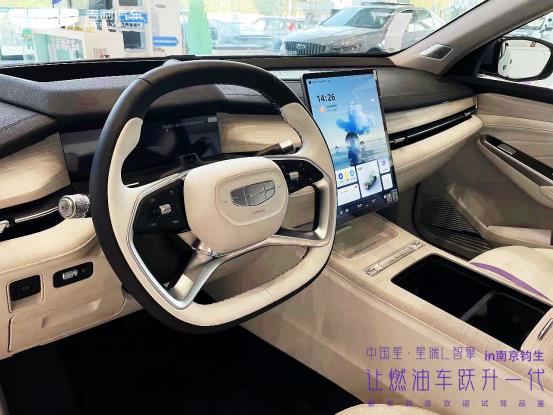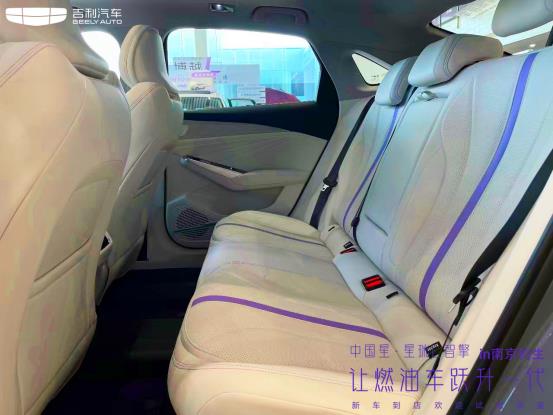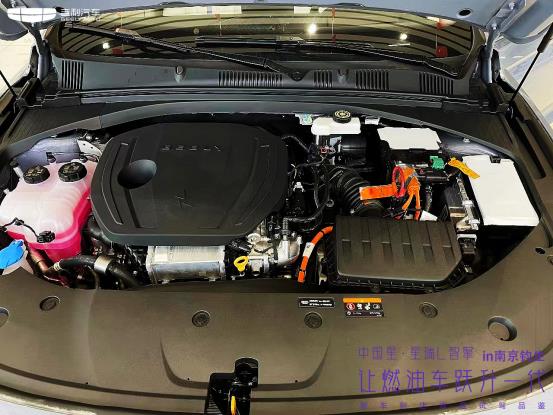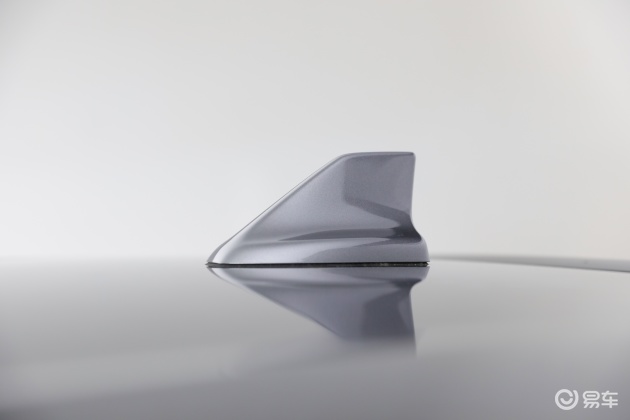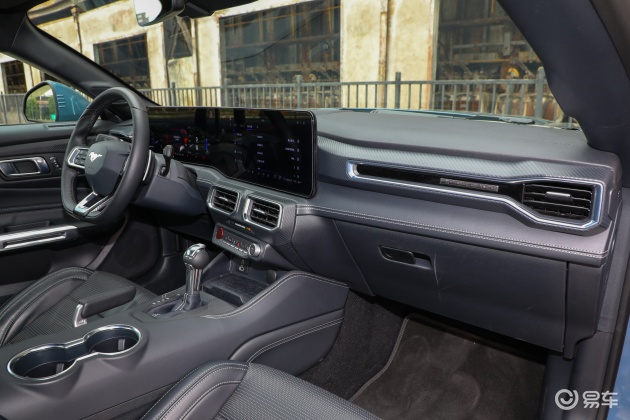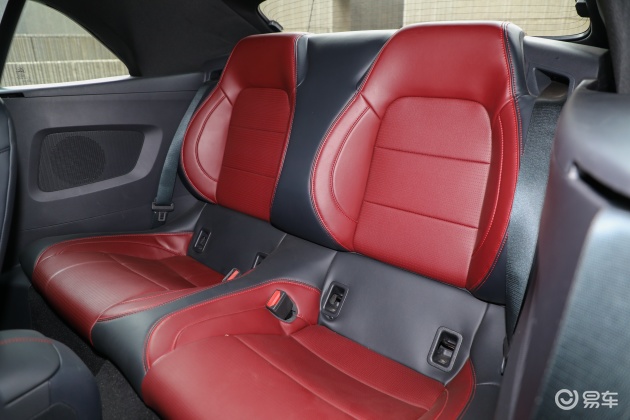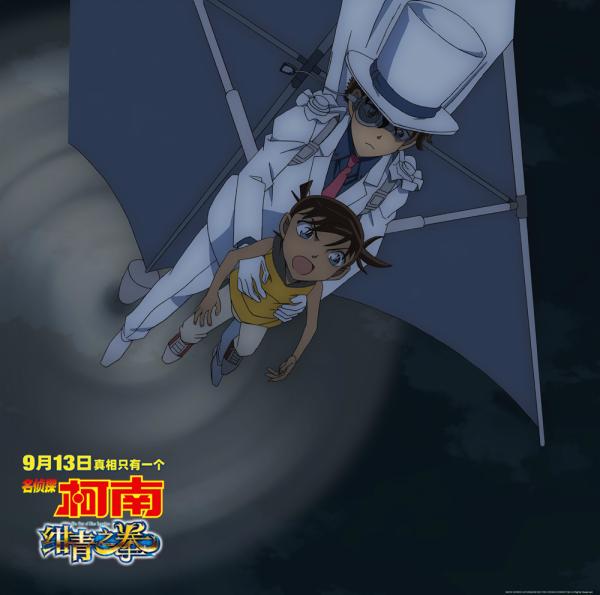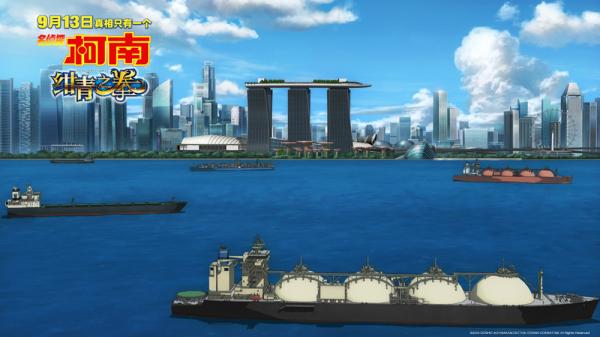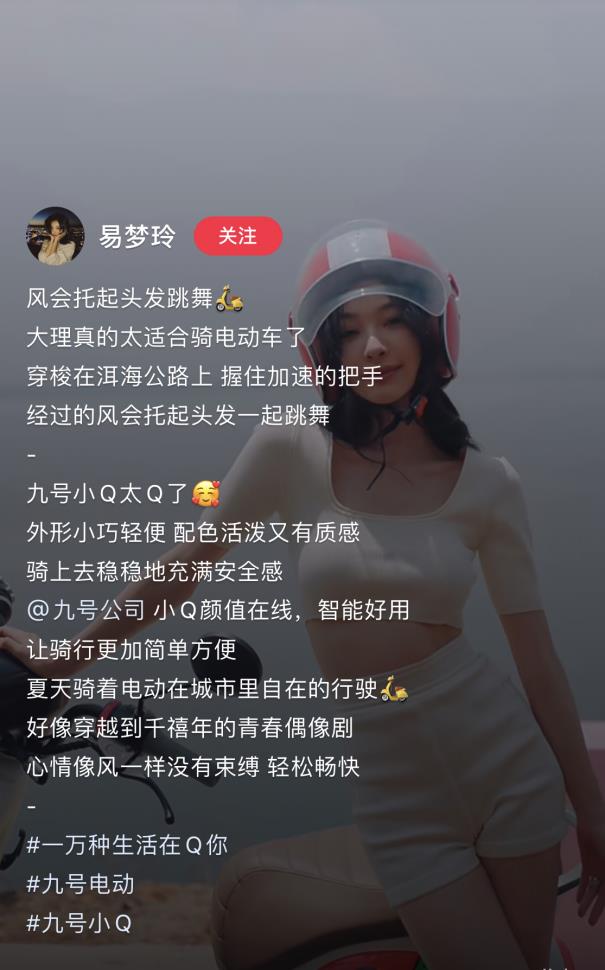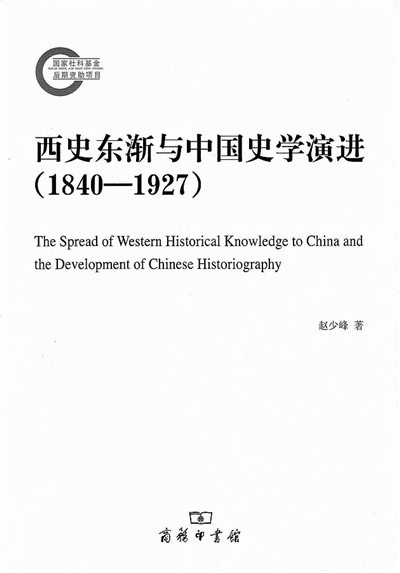
The spread of western history and the evolution of China’s historiography (1840— 1927) "Zhao Shaofeng by the Commercial Press.
China’s historiography has a history of several thousand years, with extremely rich heritage and extremely heavy tradition. However, by the beginning of the 20th century, great changes had taken place in China’s historiography, and the transformation from tradition to modernity was rapidly realized. The reasons are worth pondering and studying.
The spread of western history and the evolution of China’s historiography (1840— 1927) explores the process and laws of the evolution of modern historiography in China from the perspective of academic exchanges between China and foreign countries. In the past studies, modern historiography was described from the social changes in China and the dynamic responses of China historians to the society, but not enough attention was paid to the spread of western learning to the east and its influence, resulting in a single line in the history of modern historiography, which failed to fully reflect the development of historiography. This study has the significance of strengthening the weak links. The research data are scattered and many of them belong to rare literature, which is not easy to find. Although some scholars have done valuable pioneering work in this field, excavating and collecting new materials is still the biggest difficulty in this topic and the key to making new breakthroughs. Zhao Shaofeng traveled between Beijing Normal University and the National Library, enjoying himself, and finally completed this monograph with a certain depth and breadth.
For the history of China, 1840 was a special year. In this year, the western powers opened the door to the Qing Dynasty, and from then on, China became a semi-colonial and semi-feudal country step by step from an independent feudal country. The year 1927 was also very special. The fall of Beiyang government and the establishment of Nanjing government marked the end of the early history of the Republic of China. The former can be regarded as the origin of China’s modern historiography, while the latter can be regarded as the initial formation of China’s modern historiography. This book discusses the process of China’s historiography changing from tradition to modernity.
Of course, the stages of historiography and social history are not necessarily identical. However, in China, history is greatly influenced by society, which is closely related to social development. The historical situation has changed, and historiography, as a reflection of history and a positive reaction to history, has naturally begun to change. No matter from the change of historiography itself or the change of social history, there is no doubt that China’s modern history is limited to 1840.
It is necessary to distinguish between "modern history" and "modern history" here. In the historical discourse system of modern China, generally speaking, the period before 1840 is regarded as the category of ancient history of China, the period from 1840 to 1919 as the category of modern history of China, and the period from 1919 to 1949 as the category of modern history of China. Of course, there are also views that the period from 1840 to 1949 belongs to the modern history of China. The reason is that from 1840 to 1949, the social form of China was basically in a semi-colonial and semi-feudal society; The history after 1949 belongs to the category of modern history in China. Although there are some differences between the so-called ancient, modern and present, this difference can be ignored in a long period of history. Thus, under the discourse system of modern China’s historiography, the division of history into the ancient, the recent and the present takes into account not only the age but also whether the social form has changed. Even today in the 21st century, such a division method is still worthy of recognition. Although the time division of historiography has its own characteristics, it is not necessarily consistent with the time division of China’s social history, but it cannot be separated from this discourse system. "Modern History" and "Modern History" can all be expressed in modern historiography if translated into English, but in the history of Chinese historiography, I think they are still necessary to be independent. “Modern historiography refers to China historiography from 1840 to 1902, and modern historiography refers to China historiography from 1902 to 1949. Why take 1902 as the dividing point between China’s modern historiography and modern historiography? This is because Liang Qichao published the famous New Historiography in 1902, which had a great influence, so it can be regarded as a sign to open the curtain of China’s modern historiography. The transformation of China’s historiography from tradition to modernity was not realized overnight, but went through a process of evolution, which is modern historiography. The study of modern history in China is mainly composed of two clues: one is the continuation of traditional historical research and compilation forms; First, historical works reflecting the spirit of the times and coping with social crises are constantly coming out, as well as the emergence and development of new historical thoughts and historical book compilation forms. These two clues are not completely separated, but intertwined. But on the whole, the former is in a state of decline, while the latter is booming. The birth of "new historiography" in 1902 was the crystallization of new historical factors from quantitative change to qualitative change during the period of modern historiography. However, the construction of modern historiography is not accomplished overnight, and it has gone through the stages of early "new historiography", new historical textual research and historical hermeneutics. In 1927, the scale of modern historiography in China was initially formed. Such a distinction between "modern historiography" and "modern historiography" is not only based on the characteristics of China historiography’s own development,It also takes into account the division of China’s historical era, which is more in line with the actual situation of the development of China’s historiography and can solve the chaotic problem of concept application in the study of Chinese historiography.
The spread of western history and the evolution of China’s historiography (1840— In 1927), the six chapters of the text are "the input of western historical and geographical knowledge before 1840" and "1840— The spread of western history in 1860 and the change of historical and geographical concepts ""1861— Translation and introduction of western historical works in 1894 and expansion of historical research content ""1895— The new trend of historical translation in 1901 and the acceleration of modern transformation of historiography ""1902— Under the influence of world concept and nationalism in 1911 ‘ New historiography ’ Preliminary construction ""1912— The colorful western historiography input in 1927 and the multi-way development of China historiography ". These six chapters are divided according to the content characteristics of the introduction of western learning to the east, combined with the stages of China’s modern history and the changes of China’s historiography, and clearly show the influence of the introduction of western learning to the east on the evolution of China’s historiography. The evolution of modern historiography in China is closely related to the intersection of Chinese and Western cultures and the spread of western historical and geographical knowledge. In the early 19th century, Chinese periodicals run by western missionaries in Nanyang published western knowledge of history and geography. Their works on western history and geography objectively promoted China’s understanding of the western world. After the Opium War,Some important historical works were translated into Chinese in the book translation activities of western missionaries at trading ports, which brought more western culture. During the Westernization Movement, many western historical documents translated by the Translation Hall of Jiangnan Manufacturing Bureau, the western ideas brought by foreign envoys and students abroad, and the foreign historical works written by China scholars on the basis of seeing and investigating with their own eyes all reflected the gradual changes of China’s historiography under the background of academic exchanges between China and the West, and contained the modern historiography atmosphere. With abundant historical materials, this book demonstrates that before Liang Qichao published The New History, China’s historiography had introduced and integrated a lot of western historiography knowledge, and revealed the western factors in the modern transformation of China’s historiography.
This book enriches the content of China’s modern historiography and is of great significance to the study of China’s modern historiography. The author consciously uses dialectical thinking in his research methods, pays attention to the investigation of the spread of western history in different stages under the international situation and China’s domestic situation at that time, analyzes the dialectical relationship between historiography and society, foreign historiography and China historiography, the content and compilation form of history books, and the historical view and historical development, and explores the evolution and development of historiography from many contradictory movements. In the use of materials, in addition to the common biographies and historical works of historians, more attention is paid to the excavation of newspapers, notes, diaries, memoirs, files and other materials. In the comprehensive and key aspects of the research, we have achieved overall consideration. There is also a novel presentation in the research paradigm.
(Author: Zhou Wenjiu, Professor of History College of Beijing Normal University)


